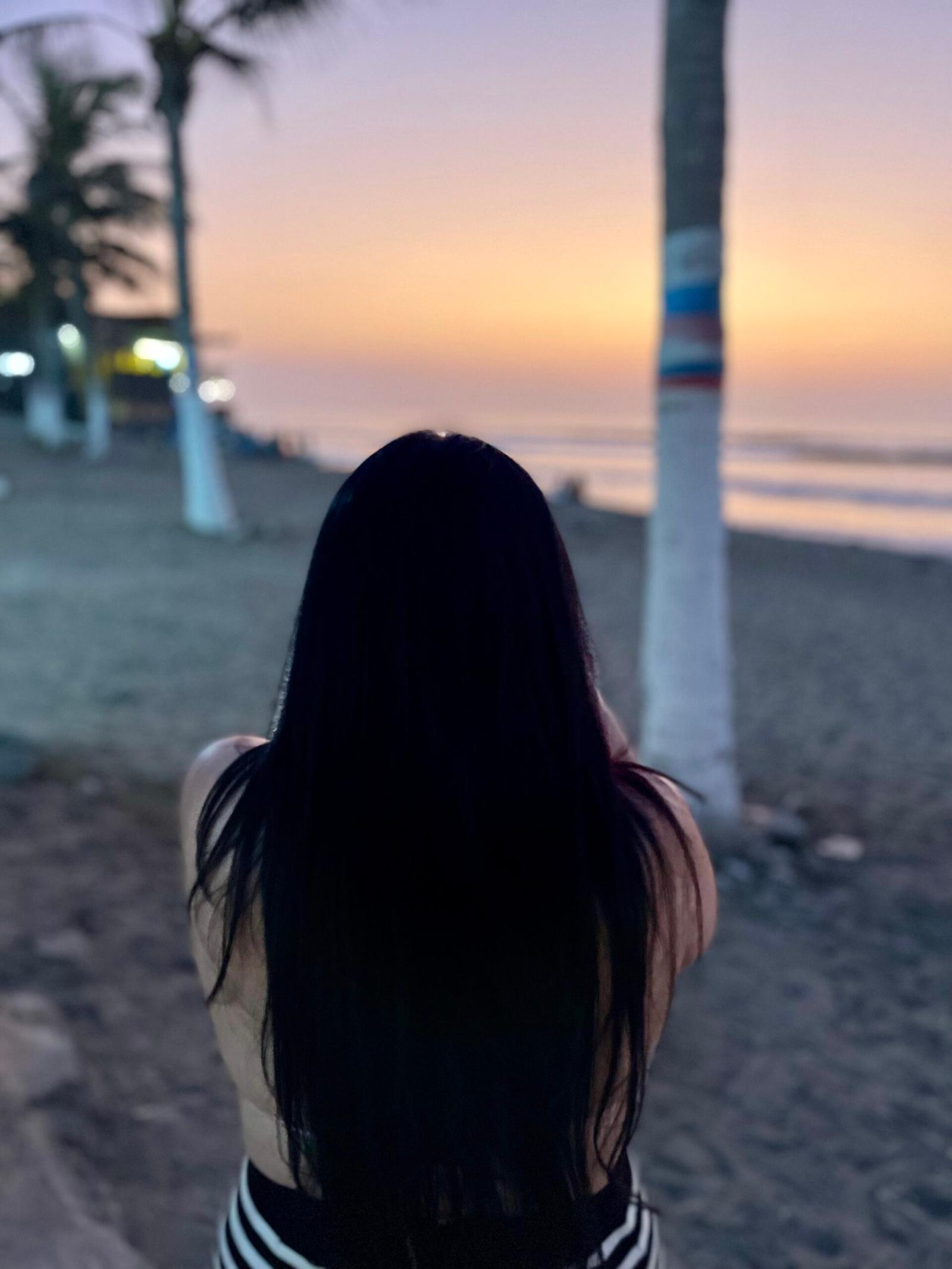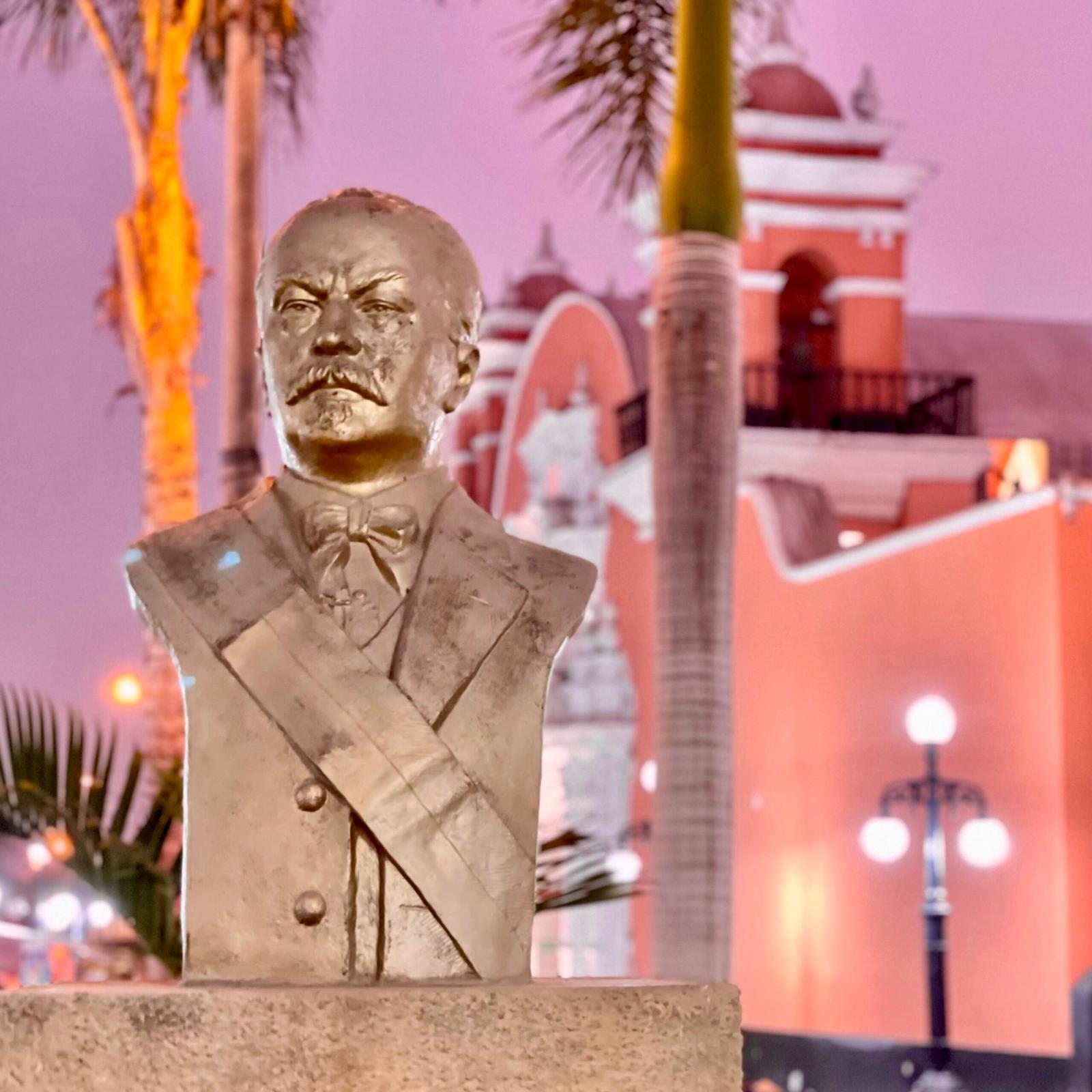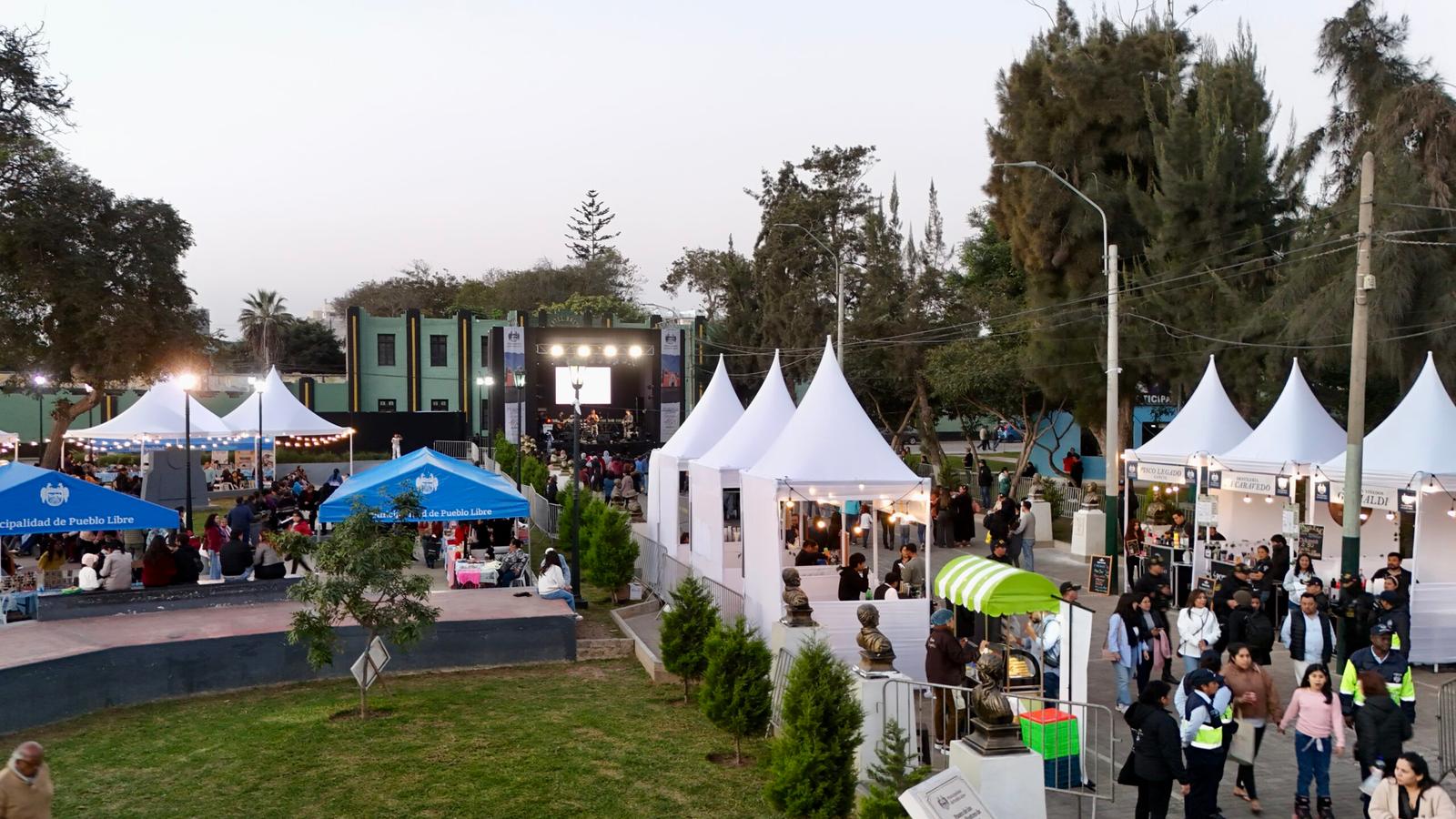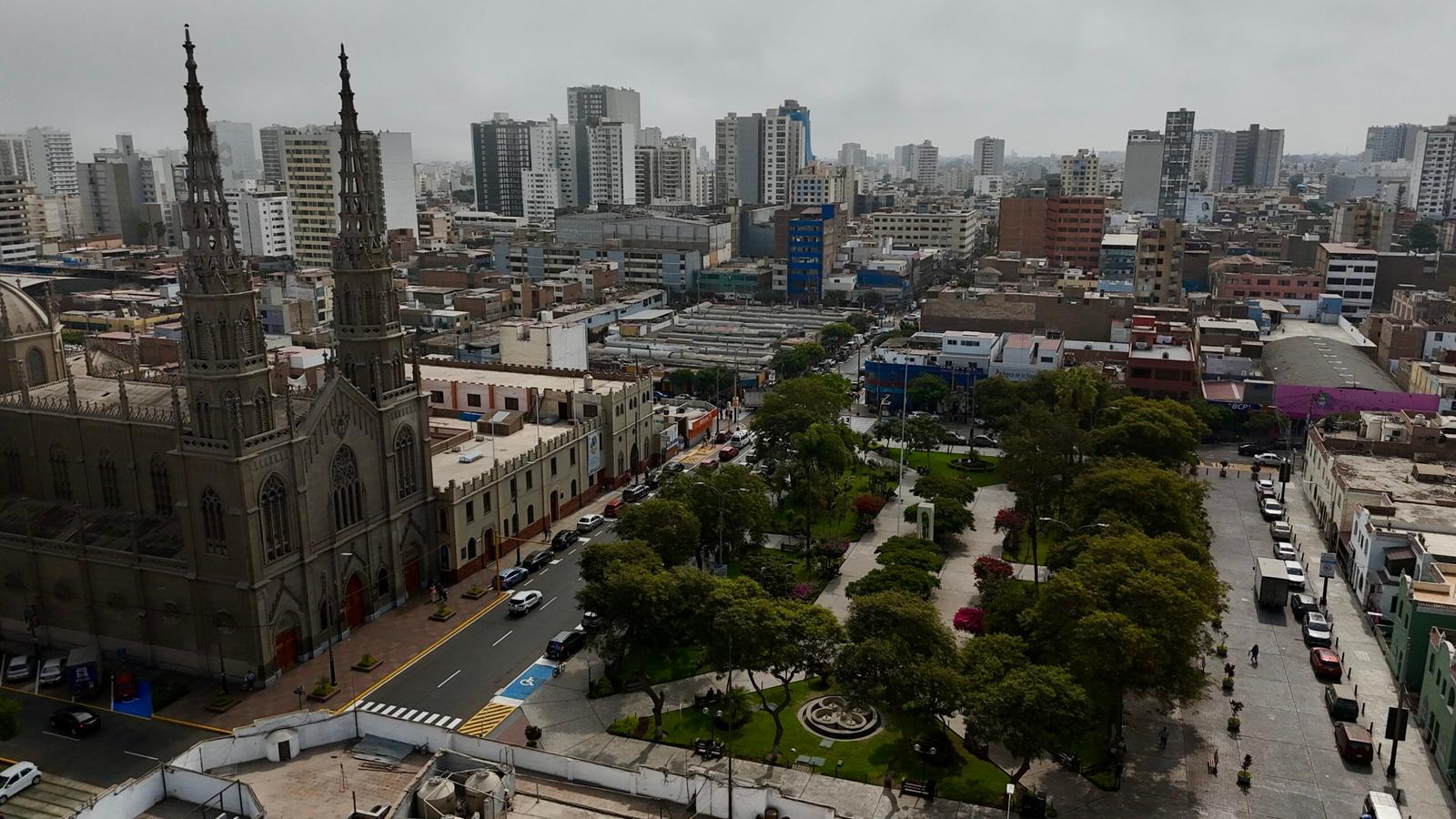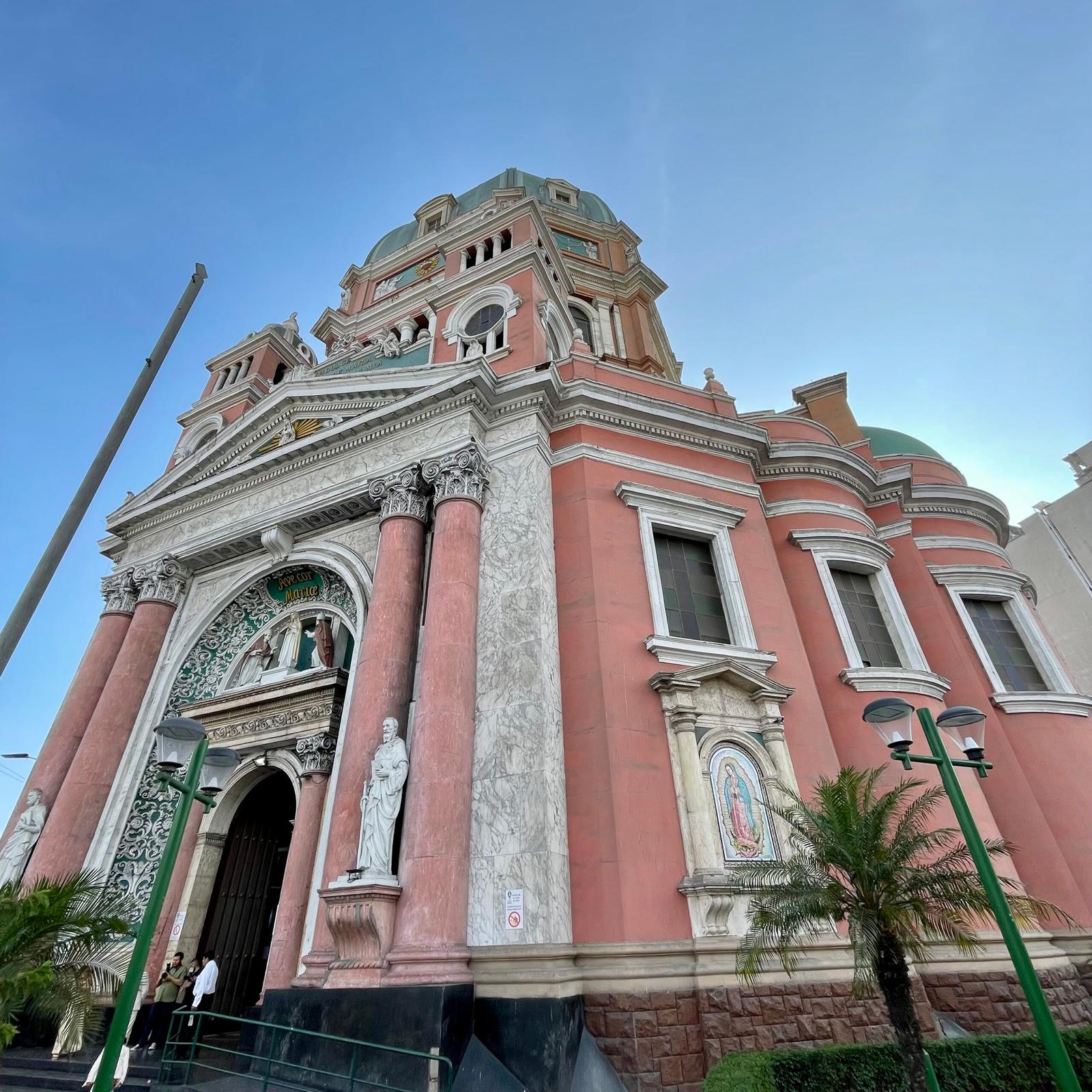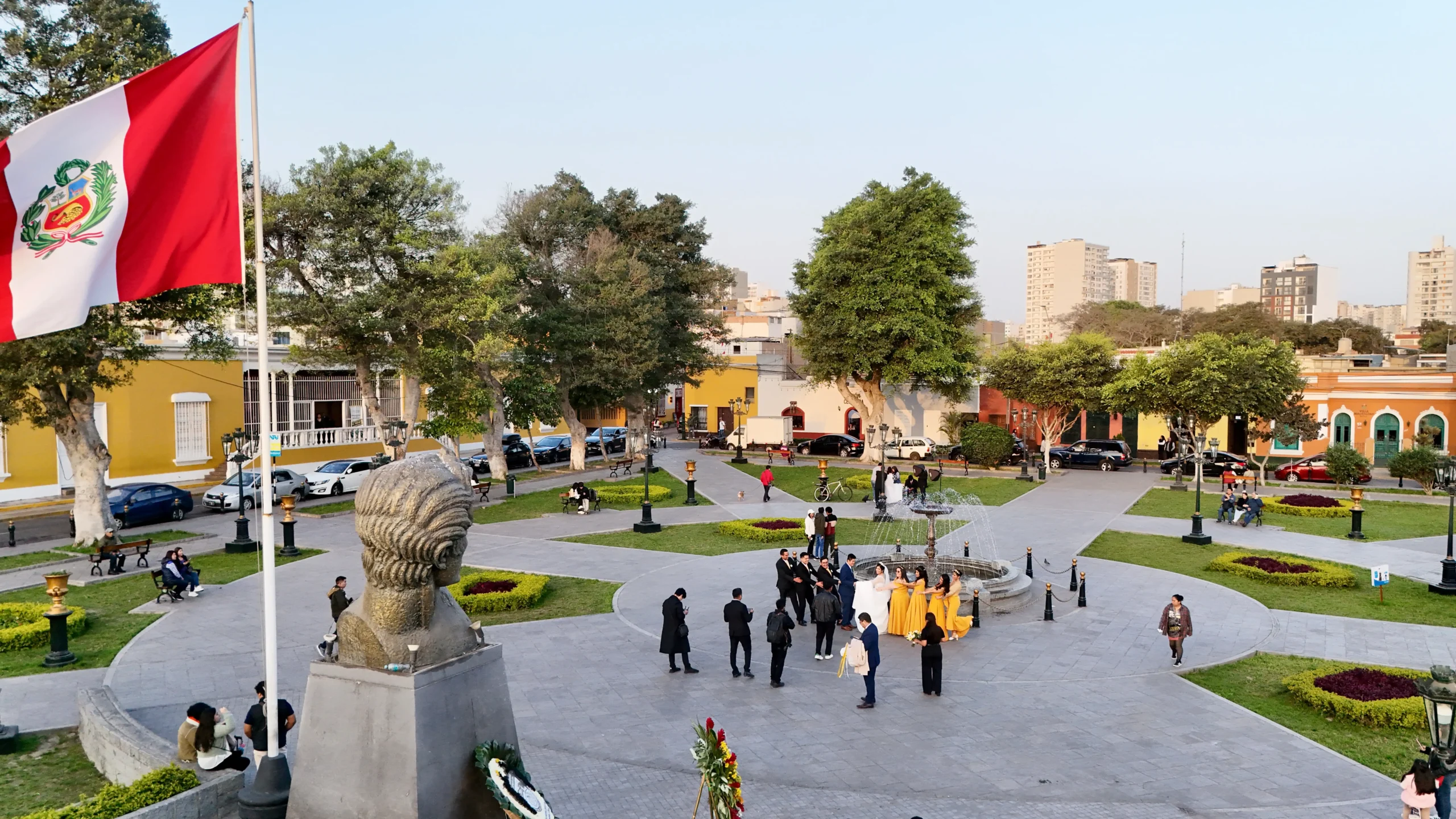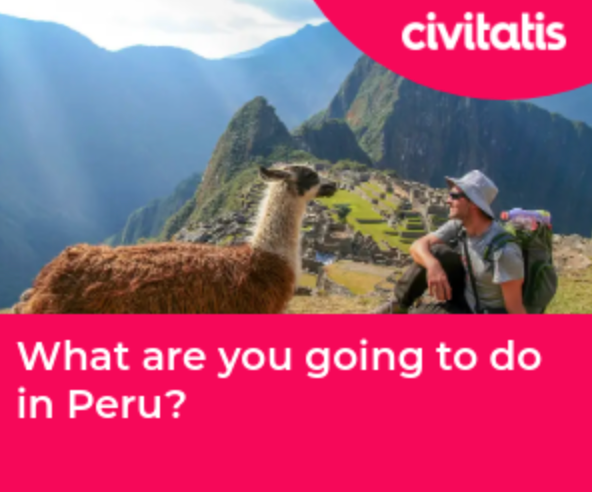For the traveler primarily interested in Peru’s complex past and authentic local life, the choice of accommodation location is key. Many visitors flock to modern coastal districts; however, the most meaningful base for anyone asking where to stay in Lima for history is the foundational district of Pueblo Libre.
This neighborhood provides an unbeatable concentration of historic sites and major museums. Consequently, it offers a quiet, safe, and culturally preserved alternative that is still perfectly located for city-wide exploration.
Pueblo Libre: A Living Historical Landmark
Pueblo Libre, which means ‘Free Town,’ was a name General José de San Martín personally bestowed upon the district. This area was not merely a setting; it served as the nerve center for the final campaigns for independence Therefore, staying here places you directly in the heart of this national story.
Essential Museums and Historic Sites
Pueblo Libre’s greatest strength is the concentration of world-class cultural attractions within a compact and easily walkable area:
- Museo Larco: An 18th-century vice-royal mansion holds this internationally acclaimed private museum. Crucially, builders constructed the mansion over a 7th-century pre-Columbian pyramid. Its large collection offers a clear, chronological overview of 4,000 years of Peruvian pre-Columbian history.
- National Museum of Archaeology, Anthropology, and History (MNAAHP): The historic Quinta de los Libertadores (Magdalena Palace) houses the MNAAHP, the country’s oldest and largest museum. The Quinta served as the wartime residence and command center for both José de San Martín and Simón Bolívar.
- Santa María Magdalena Church: This historic building dates from 1557. It’s recognized as Lima’s oldest rural church, a structure that showcases centuries of colonial construction.
- Plaza Bolívar: This central square features a monument to the liberator, Simón Bolívar. It’s positioned facing the former home of Manuela Saenz (now a museum). The plaza also contains the original bronze fountain from Lima’s central Plaza de Armas.
- Mateo Salado Archaeological Complex: This imposing complex sits at the district’s border. It features five large adobe pyramids (Huacas), remains of ancient civilizations that long predate the Inca Empire. Mateo Salado is the largest archaeological site in metropolitan Lima.
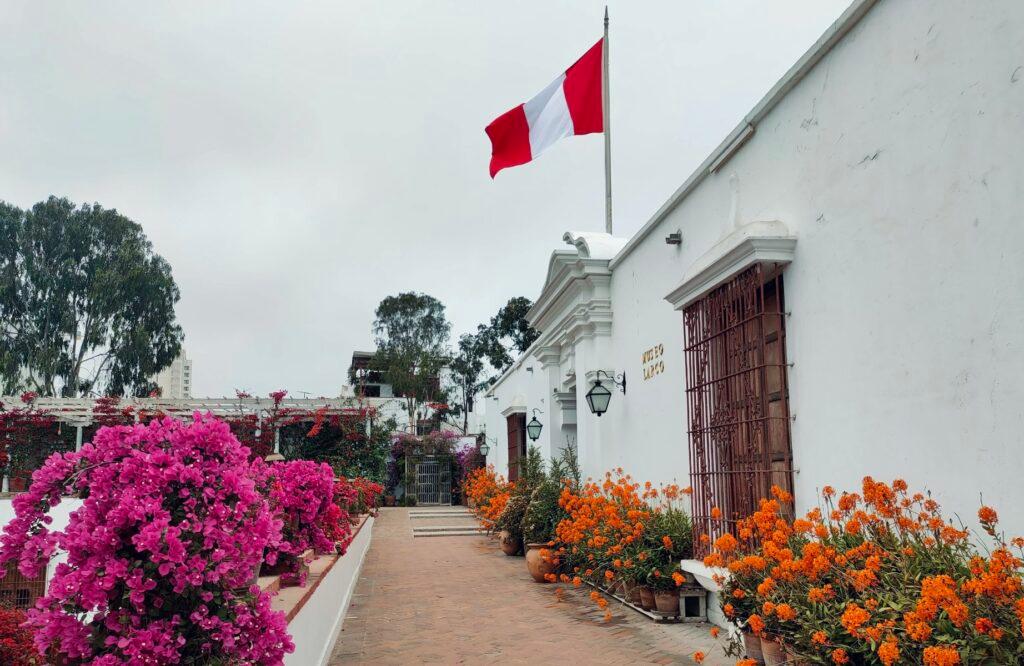
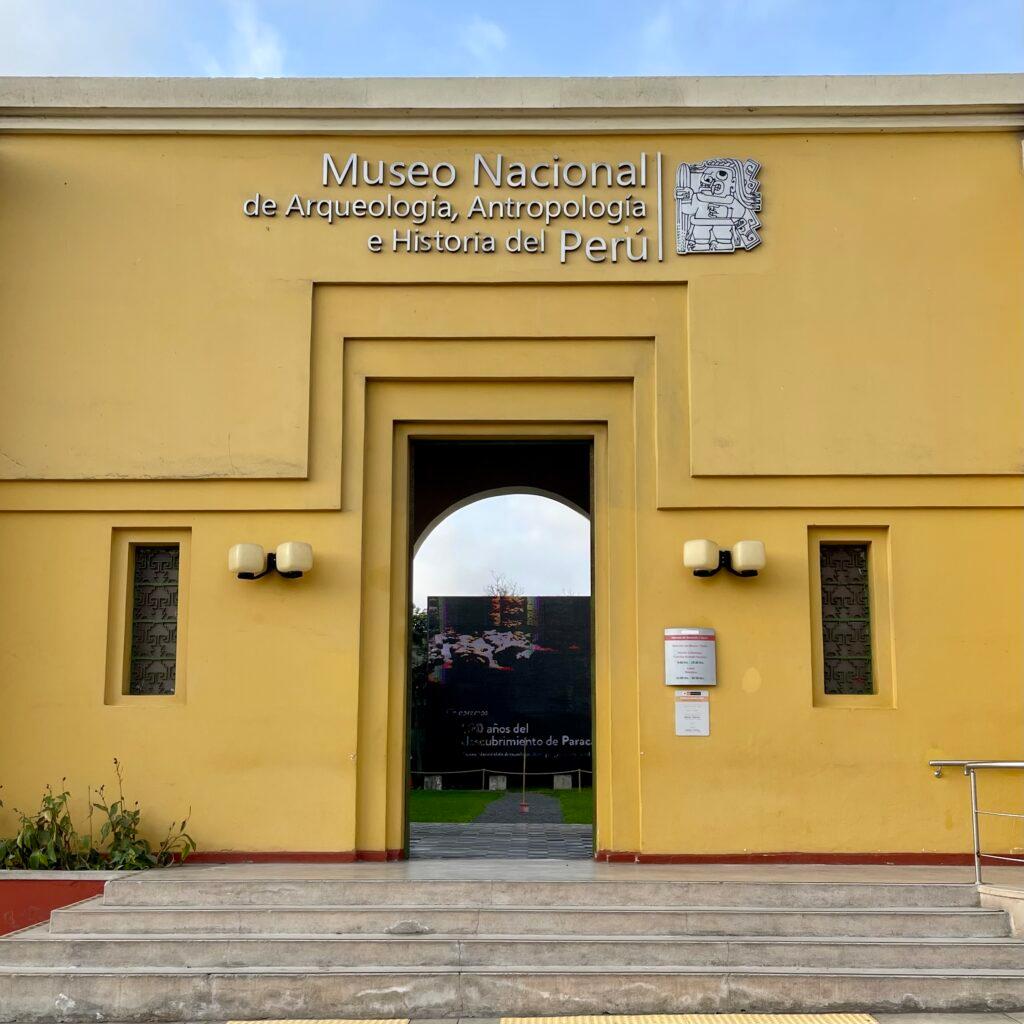

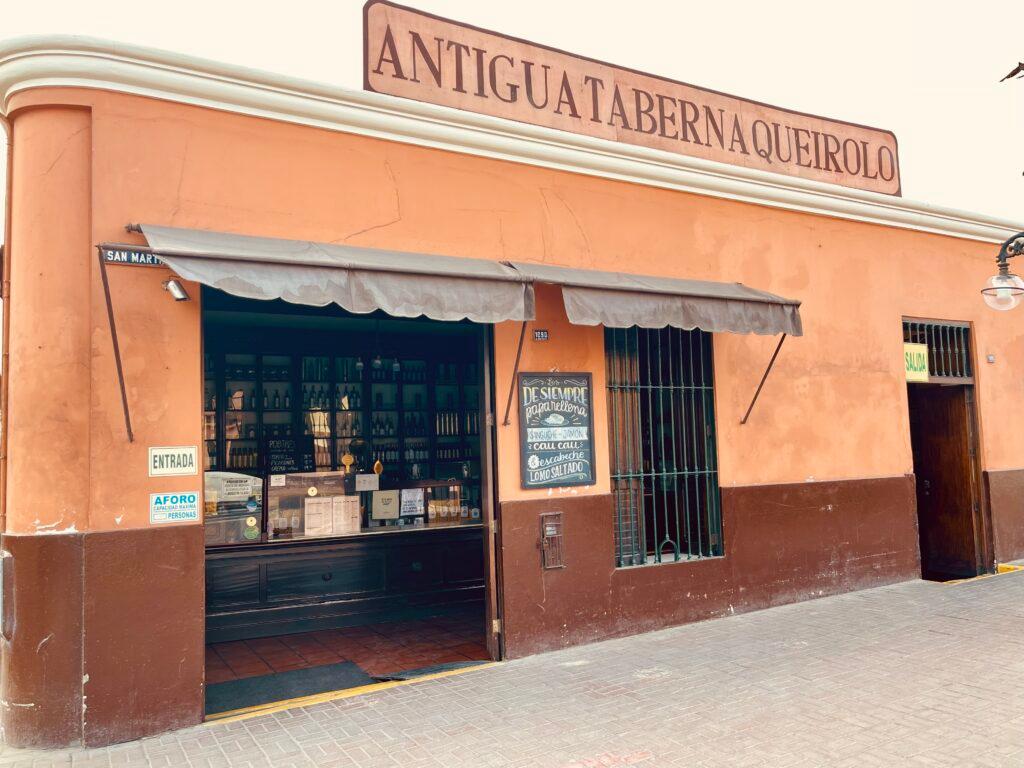
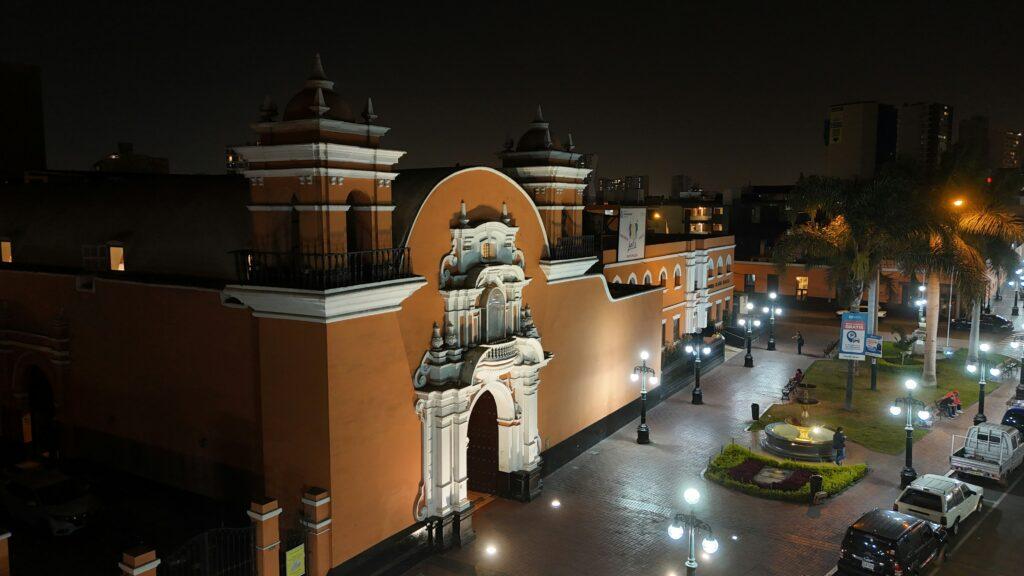
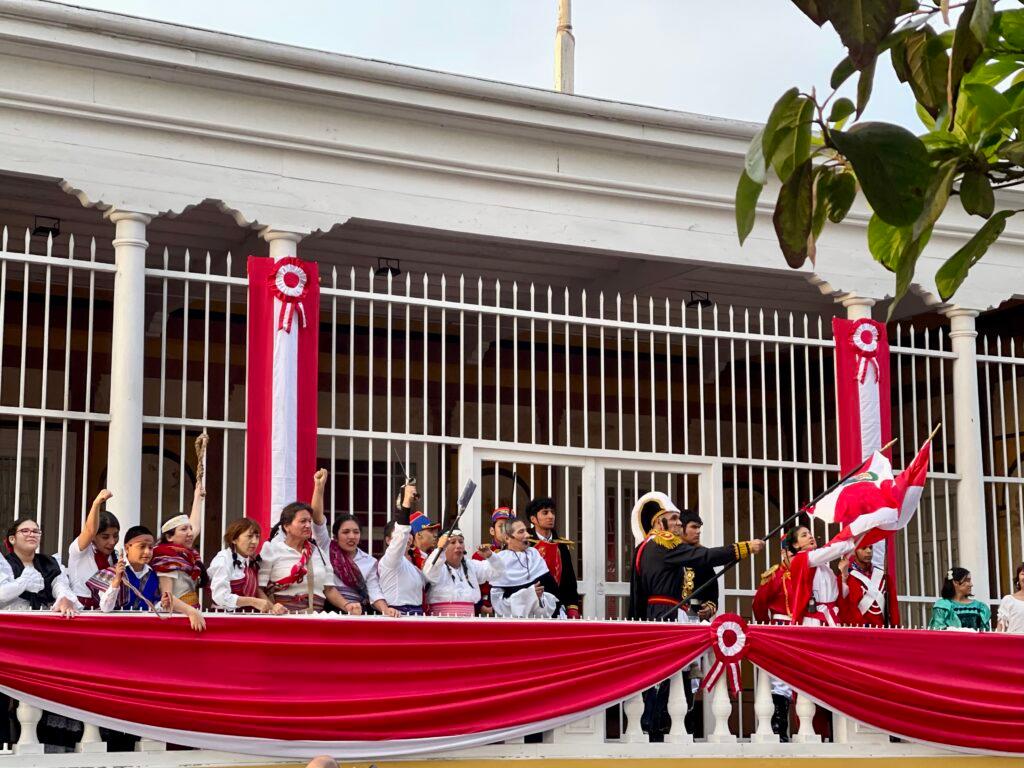


Authentic Cultural Depth
Beyond the grand institutions, Pueblo Libre has maintained its traditional character. Hence, it offers unique glimpses into local culture:
- Antigua Taberna Queirolo: Opened in 1880, this establishment holds the title of the oldest continuously operating bar and restaurant in Lima. It offers a genuine piece of Lima’s social history, serving traditional Peruvian cuisine and Pisco.
- Boulevard Criollismo: This street dedicates itself to Lima’s classic musical heritage. Here, venues continue to celebrate and perform traditional música criolla.
- Local Landmarks: Other historic markers, such as the centuries-old El Ombú tree and the Cross of the Traveler, add to the district’s distinctive, long-preserved atmosphere.
Travel Tip: I would recommend everyone take a walking tour of Pueblo Libre to learn about the history of the district. And why Pueblo Libre is affectionately nicknamed the ‘Villa de los Libertadores’. Or ‘Village of the Liberators‘.
Simple Access to the UNESCO Center
A primary concern for travelers deciding where to stay in Lima for history is simple travel to the most famous landmarks. Fortunately, Pueblo Libre provides outstanding access to all points of interest in Lima, especially the central historical zone.
- Gateway to the Historic Center: The UNESCO World Heritage Center of the City of Lima (the Historic Center) sits only a short distance away—approximately 7 kilometers. Therefore, you can reach the main Plaza de Armas, the Cathedral, and the San Francisco Convent (Catacombs) in under 30 minutes by taxi or rideshare. Thus avoiding the longer commutes from the southern coastal districts of Miraflores and Barranco.
- Central Location: Pueblo Libre is situated halfway between the airport and the areas of Miraflores and Barranco. This location makes transit smooth and uncomplicated.
- Easy Travel: Local transport and major avenues serve the district well. Allowing for simple and quick trips to the coastal areas for those who also want to experience modern Lima’s food and social scene.
In short, Pueblo Libre gives tourists focused on history and culture the best of both worlds. It’s a calm, safe, and authentically preserved historical base. That also has direct and simple access to every main point of interest in Lima!
